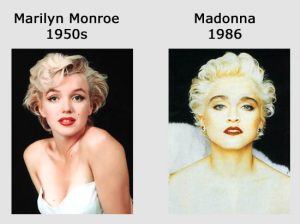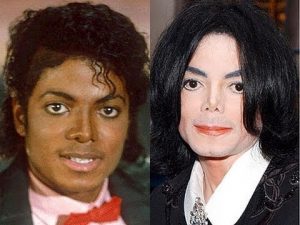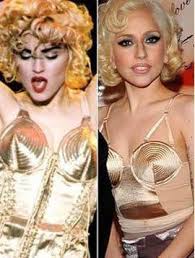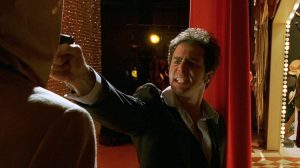Genre Parody is pastiche (an imitation that announces itself as such and involves combining elements from other sources – Richard Dyer) that fits into the many forms of rhetoric, social and cultural forms of media entertainment, and self expression. It is most recognizable in the visual mediums of film and television, though is also prominent in music as well (The Lonely Island). In cinema, genre parody deliberately makes fun of the conventions and commonalities that the audience associates with a specific genre such as Action or Sci-Fi. And according to the Postmodernism reading, parodies are working in two levels, participating in the codes of a genre as the same time they are parodying these same codes.
Unfortunately, our era has to experience the self-absorbed materialistic trash that Western culture has a deep love/hate relationship with. Reality television. Personally, I detest reality television but still find myself staring at the mass of pixels for much longer than expected when I flip through channels. 
Although Comedy Central’s Kroll Show isn’t something to rave about, and is not wholly a genre parody, some of Nick Kroll’s characters are sadly accurate representations of other television shows and real people that fill some of your cable provider’s time slots. The Kroll show is comprised of immature comedy skits with the full intention of parodying television shows and celebrities of the 21st century, and the weirdly accurate delivery of dialogue and personality traits we assume a specific type of person would have. Specifically noting the referee character and dudes with ponytails. Unlike other sketch comedy shows such as Key and Peele, Kroll Show falls under the cheesy and ridiculous camp levels of comedy.
For instance, his series of skits known as Bobby Bottleservice is parodying several reality television genre codes, as well as cultural and fashion norms. Some of the genre codes include breaking the fourth wall in those famous one on one camera sessions, the handheld moving camera shots and of course crying on camera. The series’ style and character is parodying a mix of Cheaters, Jersey Shore, Punk’d, and that gym rat who wears Gucci sunglasses, the extensively ripped jeans, and Affliction.

Bobby Bottleservice is a recurring character on Nick Kroll’s Kroll Show.
Another parody skit is my personal favorite, Rich Dicks. The series is a blend of the Kardashians meets the Real Housewives of wherever. In the skits, the characters display a wealthy and ignorant dynamic whose focuses are on current trends, unusual investments and of course their drug supply. A recurring theme demonstrates a perception of how celebrities live their lives and to exaggerate what wealthy people seem to be concerned with.
The Kroll Show being the ridiculous skit comedy show that it is, has its moments. It serves as a genre parody not only to reality TV, but to American cultural and social norms as well. Although I wouldn’t recommend sitting and watching a whole episode of the show unless you’re a fan of Nick Kroll, but killing some time on the short Youtube clips would definitely make a bad day a wee bit better.










